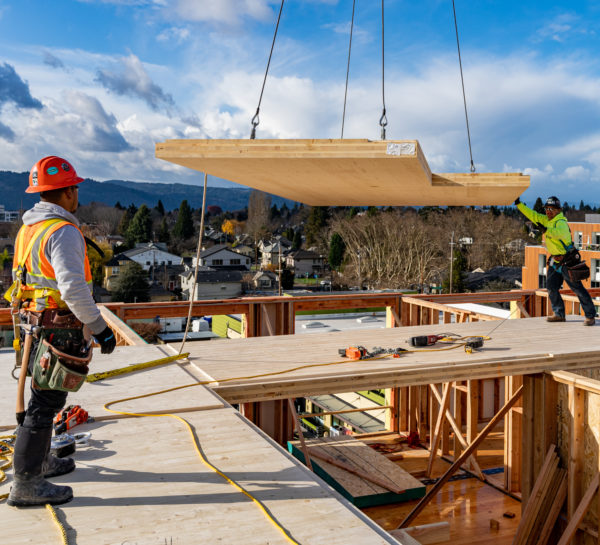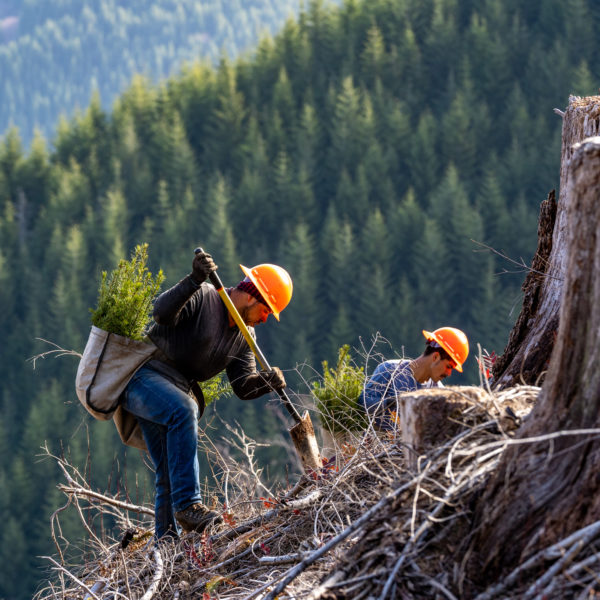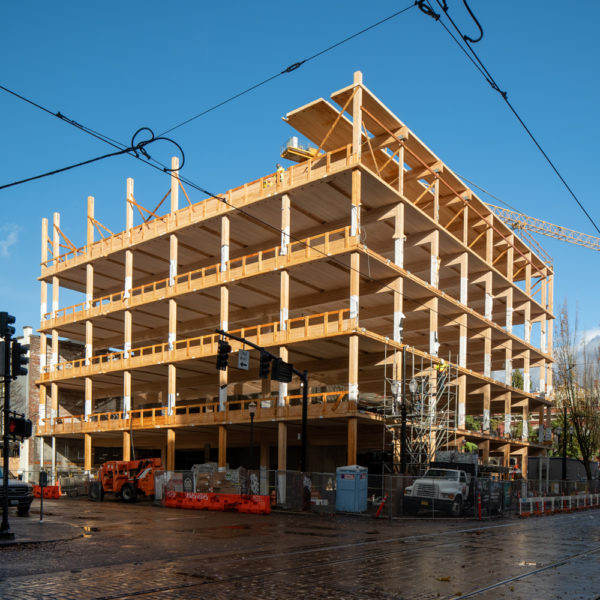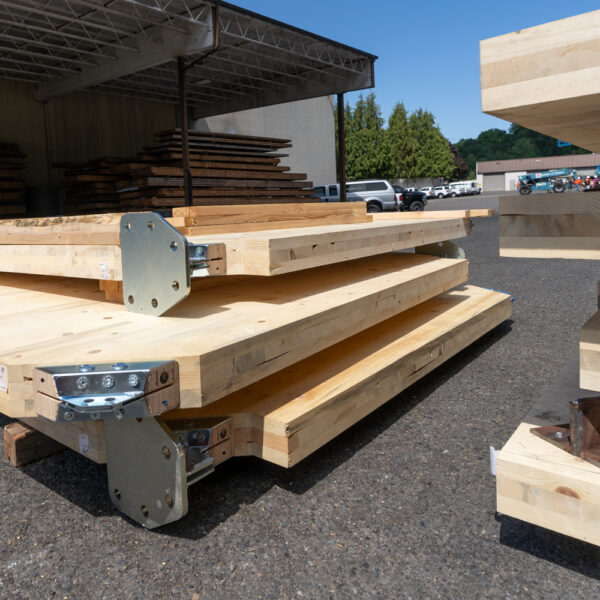Climate change is a pressing global threat and buildings are a big part of the problem. The built environment accounts for nearly 40% of global emissions that contribute to climate change.
That’s where mass timber comes in. Tall mass timber buildings displace carbon-intensive building materials such as concrete and steel with long-lived biogenic carbon. This keeps fossil carbon in the ground and supports forests as a stable carbon sink.
Home
Mass Timber Rising
Sustainable Forests
Tall Wood – Low Carbon
Fuels to Frame
About
Mass Timber Rising
Mass Timber Rising
Low-carbon, quick to construct, biophilic and cost competitive. These qualities have propelled mass timber construction into a formidable solution for the built environment across a wide array of building types. With global expertise and increasing manufacturing capacity, mass timber is a home-grown solution to decarbonizing our cities.
Sustainable Forests
Sustainable Forests
The promise of mass timber lies in using our forests to construct tall wood buildings that displace carbon-intensive building materials. By choosing renewable and sustainable wood rather than steel and concrete, we store biogenic carbon in buildings and leave fossil carbon underground. But is it sustainable? The northwest states of Oregon and Washington are the country’s top lumber producing states and are home to the country’s most impressive stores of forest carbon.
Tall Wood – Low Carbon
Tall Wood – Low Carbon
While the built environment is responsible for 39% of global carbon emissions, mass timber offers a low carbon solution. The greening of the grid will significantly reduce emissions from operating buildings but emissions from constructing buildings are released immediately. Fortunately, mass timber technology is ready to replace carbon-intensive materials in many new buildings today.
Fuels to Frame
Fuels to Frame
Researchers at Oregon State University explain how modular mass timber buildings could hold the key to scaling up forest restoration and providing much needed emergency housing.




